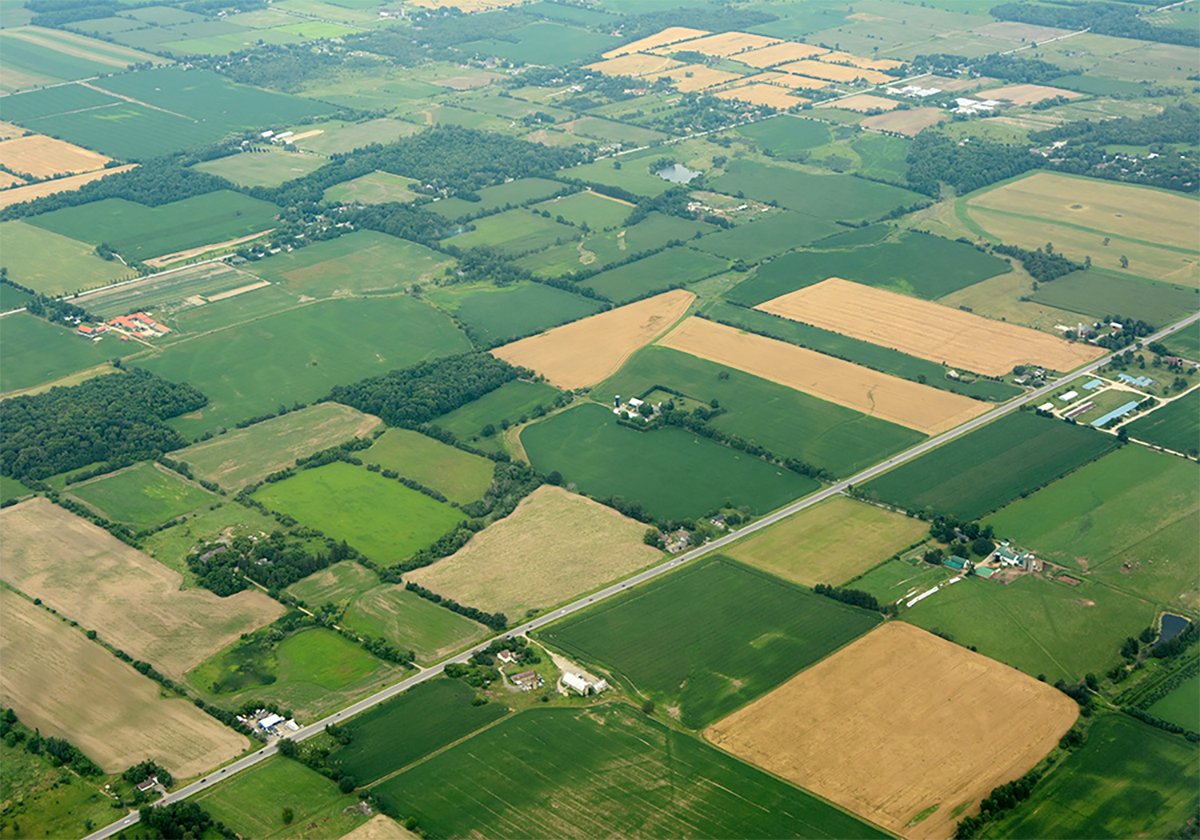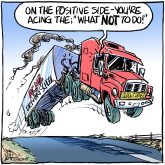WHEN the Canadian cattle industry was dealt a body blow in 2003 with the discovery of BSE in the national herd, it was felt from one end of the production chain to the other.
Somehow most sectors of the business braced for injury and sought ways to win the match.
Their methods, and those implemented by government, included cattle identification, amplified promotion of Canadian beef, removal of specified risk materials from beef carcasses and age verification.
But the punches kept flying. Despite efforts to survive, the cattle industry is weakening under a barrage that includes low market prices, a soaring dollar and high feed costs.
Read Also

Higher farmland taxes for investors could solve two problems
The highest education and health care land tax would be for landlords, including investment companies, with no family ties to the land.
It is also dealing with mounting costs associated with eradicating BSE and regaining export trade.
These latter costs in particular are becoming more difficult for producers to support because they are seeing no direct benefit on the bottom line. SRM removal costs are charged back to producers through lower prices offered on cattle. Age verification has proven a time-consuming task for which few if any premiums are offered.
Though these measures are vital to the long-term future of the cattle industry, producers are understandably concentrating first on survival in the short-term.
There’s not much they can do about SRM removal. It’s a requirement with which the industry must comply. So age verification has become a focal point recently for cattle producers’ ire.
If export markets demand beef from cattle younger than 30 months, there has to be a way to verify age. Unfortunately, those export markets are unwilling to pay extra for that verification. Apparently they view it as Canada’s price of admission to renewed trade activity.
Domestic buyers don’t want to pay more for age verified cattle either. Part of the reason is strong consumer confidence in the safety and quality of Canadian beef. The average consumer cares little about animal age and won’t pay more at the store for it.
At recent Alberta Beef Producers zone meetings, the idea of mandatory cattle age verification has been broached and rejected, and rightly so. Forced compliance runs contrary to beef industry philosophy but more importantly it would add costs – and time is a huge cost – without improving producers’ ability to survive the current battle.
Far better to maintain the current voluntary system and encourage rather than require its use. When the situation improves for the cattle industry, it may include premiums for age-verified cattle. Participation will then improve.
In the meantime, however, producers should also consider the risks associated with forgoing the age verification option. If more cases of BSE appear, those with age verified cattle will likely be better off than their counterparts who don’t. Those with proof of age will also have proof that their cattle are marketable in countries that have cattle age requirements for import.
The question for producers, then, is whether they can afford to age verify cattle and whether they can afford not to. It’s a tricky strategy to ponder while the fight for survival in the industry continues.
Bruce Dyck, Terry Fries, Barb Glen, D’Arce McMillan and Ken Zacharias collaborate in the writing of Western Producer editorials.














